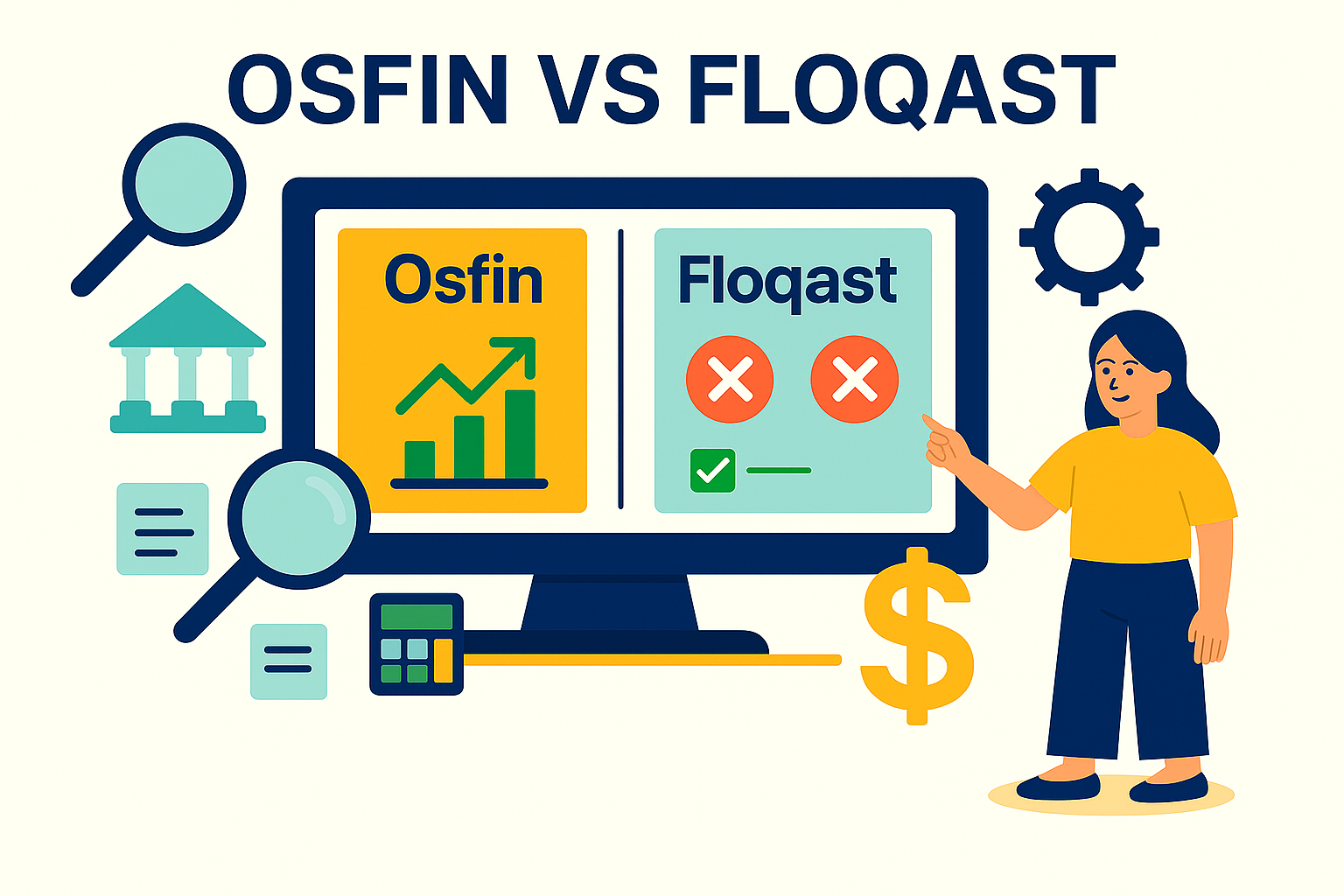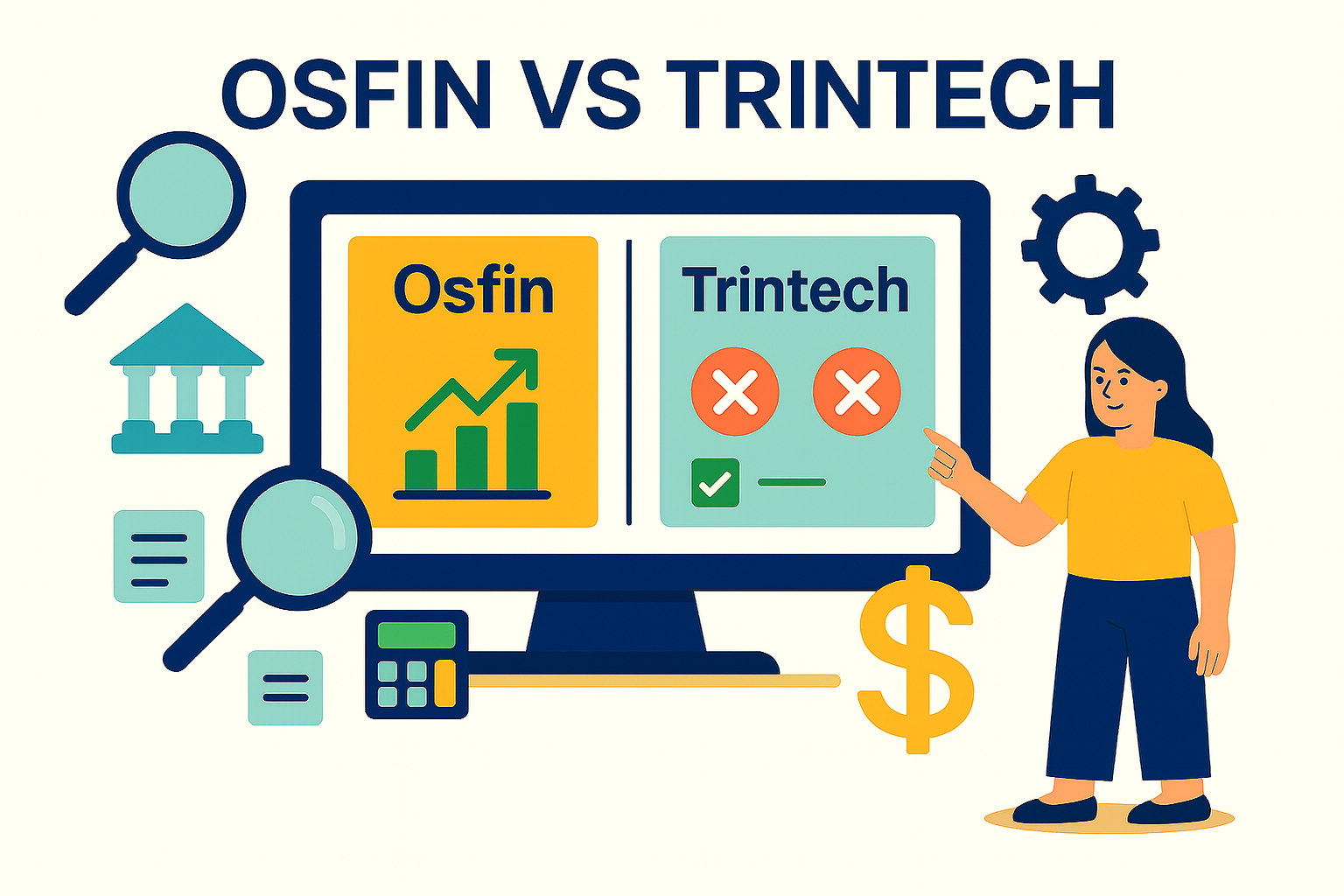Why Daily Reconciliation Matters for High-Volume Financial Operations
Why Daily Reconciliation Matters for High-Volume Financial Operations
Studies show that nearly 30% of mid-to-large financial enterprises globally report errors in their financial records, often leading to revenue leakage and increased fraud risk. For financial institutions, the operational stakes are even higher. Gaps in reconciliation can expose banks, credit unions, and fintechs to compliance failures, audit delays, and operational blind spots. This is where daily reconciliation sheets come in.
In high-volume environments where transactions flow across core banking systems, payment gateways, ERPs, and third-party APIs, daily reconciliation daily reconciliation should be a standard practice. It's the only way to stay in control of fast-moving funds, meet regulatory expectations, and maintain customer confidence.
In this article, we cover the role of daily reconciliation in financial operations, highlight the risks of manual processes, and explain how automation through platforms like Osfin.ai helps institutions achieve 100% accuracy at scale.
What is Daily Reconciliation?
Daily reconciliation is the process of matching internal transaction records with external data sources like bank statements, payment gateways, and settlement files. For financial institutions, this involves syncing data across core banking systems, ERPs, payment processors, and interbank rails.
When done consistently, it helps catch discrepancies early, flag unauthorized transactions, and maintain compliance. Even small mismatches can lead to reporting errors, regulatory issues, or customer complaints, especially at scale.
Who Needs Daily Reconciliation?

While all businesses benefit from reconciliation, not all require it daily. For institutions managing high transaction volumes, daily account reconciliation is part of their operational hygiene.
Here are the types of businesses that rely on it the most:
Banks and Credit Unions: Deal with thousands of daily transactions across multiple accounts, channels, and partners. Daily account reconciliation helps catch discrepancies early and meet audit expectations.
Fintech Companies: Operate across wallets, payment rails, and APIs. Real-time tracking and resolution are only possible with daily reconciliation in place.
Payment Processors: Must settle large volumes accurately across banks and merchants each day.
Retailers and eCommerce Platforms: High sales volume and refunds make daily tracking critical.
Importance of End-of-Day Reconciliation

For banks, fintechs, credit unions, and payment processors, the volume and velocity of transactions leave little room for manual oversight. Funds move across multiple systems, core banking platforms, ERPs, payment gateways, APIs, and partner banks within minutes. In such an environment, end-of-day reconciliation is an operational necessity.
1. Detect Fraud and Flag Unauthorized Activity Early
Reconciling transactions at the end of each business day allows institutions to detect signs of fraud before they escalate. By comparing transaction records from internal ledgers with external sources (banks, processors, clearing houses), teams can quickly identify anomalies like duplicate entries, unauthorized debits, or sudden fund movements. This allows fraud management and compliance teams to respond before losses accumulate or patterns go unnoticed.
2. Achieve Transaction-Level Matching Across Systems
High-volume institutions rarely operate from a single source of truth. Transactions may originate in an ERP system, get processed through a third-party API, be settled via the core banking platform, and be reflected in a general ledger. End-of-day reconciliation ensures each transaction is matched line-by-line across these systems. This process helps spot dropped files, format mismatches (e.g., between ISO 20022 and custom JSON payloads), or broken identifiers that otherwise go undetected.
3. Avoid Regulatory Breaches and Improve Audit Readiness
Regulators expect financial institutions to maintain accurate records of all fund movements. Discrepancies, even temporary ones, can trigger compliance flags. Daily reconciliation helps keep records clean and complete. Institutions can stay ready for audits, MIS reporting, and compliance reviews by validating timestamped records, correcting routing errors, and ensuring that return codes or chargebacks are accurately reflected.
4. Resolve Errors Before They Compound
Delayed settlements, incorrect transaction codes, or routing issues often start small but can snowball if not addressed early. Daily reconciliation enables institutions to isolate these errors while they are still manageable. Corrective actions, such as reprocessing, raising disputes, or routing exceptions, can then be initiated before they affect downstream processes like payouts or fee settlements.
5. Maintain Real-Time Operational Visibility
Daily reconciliation enables finance and treasury teams to maintain an accurate picture of fund positions, unsettled transactions, bank fees, and pending reversals. This supports better liquidity planning, exception handling, and intra-day decision-making. Without reconciliation, teams risk working with outdated or inaccurate data across partners and payment rails.
{{banner3.1}}
6. Prevent Revenue Leakage
Missing transactions, duplicate entries, or untracked processor fees can directly impact revenue. End-of-day reconciliation catches these inconsistencies quickly, helping institutions recover or prevent lost funds before books are closed.
7. Improve Customer Satisfaction
Errors in fund transfers, failed refunds, or delayed settlements directly affect customer trust. A consistent daily reconciliation process ensures these issues are caught and resolved before customers notice. This keeps customer satisfaction levels high.
Challenges of Manual Daily Reconciliation

While end-of-day reconciliation is a must for financial institutions and other businesses, manual reconciliation does come with several problems. These include:
- Time-Consuming and Laborious: Manual reconciliation, especially at the scale required for high-volume transactions, is an extremely time-consuming process. It requires financial teams to spend multiple hours matching transactions across platforms.
- Errors in Data Entry: One of the biggest drawbacks of manual reconciliation is manual error. This is particularly increased in businesses dealing with high volumes of data, like banks, fintechs, and other financial institutions.
- Not Scalable: Manual reconciliation is also a lengthy, time-consuming, and impractical method of reconciliation for large amounts of data. Errors are more likely, making catering to compliance regulations and customer trust more challenging.
- Inconsistent Data & Formats: When using manual daily reconciliation, it is difficult to implement standardization. Third-party partners like banks, payment processors, and gateways often send data in varying formats like MT940, BAI2, CSV, or custom JSON. Field names and data tags (e.g., Transaction ID, Txn_Ref, Ref_No) differ across sources, requiring extensive manual mapping. Without standardization, inconsistencies in format and field alignment can trigger bigger reconciliation issues.
How Automated Daily Reconciliation Helps
Manual reconciliation isn't built for the complexity or scale of today's financial operations. With transactions flowing across multiple systems, formats, and channels, automation becomes the only sustainable solution. Here are five practical ways institutions can automate daily reconciliation:
1. Aggregate Data Across Sources and Formats
Automated tools can pull data from core banking systems, ACH files, SWIFT messages, ISO 20022 formats, custom APIs, and processor reports. Instead of reconciling data manually across formats like CSV, XML, JSON, or flat files, automation standardizes inputs and builds a unified data layer for matching.
2. Enable Transaction-Level Matching at Scale
Reconciliation systems can automatically match each transaction against expected records across ledgers, bank statements, and clearing reports. This improves accuracy and minimizes the time spent scanning for missing, duplicate, or delayed entries.
3. Auto-Tag and Route Exceptions
When mismatches occur, intelligent reconciliation software tags exceptions with specific error types, such as incorrect reference IDs, return codes, or misapplied charges. These entries can then be routed automatically to the relevant teams for faster resolution.
Osfin.ai supports automatic exception handling with built-in rule engines and real-time routing. It intelligently tags each exception, identifies the root cause, and routes it to the right team in real-time.
{{banner1.1}}
4. Maintain Real-Time Dashboards and Audit Trails
Automated reconciliation platforms centralize operations, giving finance and operations teams complete visibility over unresolved transactions, daily status, and exception backlogs. This is especially useful for audit readiness and intra-day decision-making. Osfin.ai offers real-time dashboards that track unresolved entries, pending exceptions, and processed volumes across payment rails and systems.
5. Build Custom Rules and Workflows
Each institution has unique reconciliation needs. Automation enables configurable matching logic, tolerance levels, retry conditions, and escalation paths that adapt to how your organization handles data.
Why Osfin.ai Is Built for High-Volume Reconciliation
Daily reconciliation is the foundation for operational accuracy, financial transparency, and business continuity. As transaction volumes grow, manual processes can't keep pace with the speed and complexity of modern financial operations.
Osfin.ai is purpose-built for financial institutions that demand speed, scale, and precision. It integrates with 170+ systems, from core banking platforms and payment processors to ERP tools and APIs, allowing you to centralize your data without delays. Its AI-driven engine matches upto 30 million transactions in just 15 minutes across ACH files, ISO messages, and SWIFT entries with 100% accuracy.
Here’s what else Osfin.ai offers:
- No-code rule builder to configure match logic, tolerances, and workflows
- Pre-built connectors for all major formats, CSV, MT940, JSON, XML, ISO
- Duplicate detection and outlier spotting during data ingestion
- Role-based access, audit logs, and support for SOC 2, ISO 27001, and PCI DSS
- Fast setup, minimal IT dependency, and ongoing support from the Osfin team
- Auto-reconciliation of payment gateway reports to detect settlement or fee mismatches.
Osfin.ai auto-tags exceptions with reason codes, assigns root causes, and routes issues to the right team instantly. Real-time dashboards give you a unified view of pending items, unresolved entries, and risk exposure.
Explore how Osfin.ai can improve speed, accuracy, and control in your daily reconciliation. Book a demo now!
FAQs on Daily reconciliation
1. How often should financial data be reconciled?
The frequency depends on your transaction volume and risk exposure. High-volume institutions like banks and fintechs benefit from daily reconciliation to maintain accuracy, reduce delays, and detect issues before they escalate.
2. Is daily reconciliation only for large banks?
Not at all. Any institution handling high transaction volumes, whether a neobank, payment processor, or lender, can benefit. Daily reconciliation improves accuracy, minimizes risk, and supports regulatory compliance regardless of the organization's size.
3. What types of transactions are typically included in daily reconciliation workflows?
Daily reconciliation usually covers ACH transfers, NEFT/RTGS payments, wallet transactions, card settlements, and interbank transfers. It also includes reversals, refunds, chargebacks, failed transactions, and ledger entries from ERP or core banking systems.
4. How are exceptions categorized and resolved during daily reconciliation?
Exceptions are tagged by type, such as mismatched amounts, duplicate entries, or invalid references. Intelligent software like Osfin.ai routes them to the right teams, applying business rules to resolve issues faster and reduce delays.


